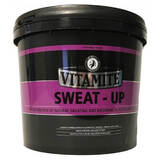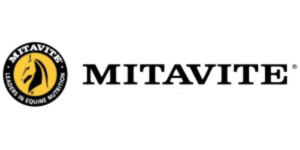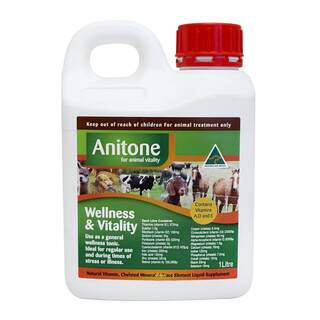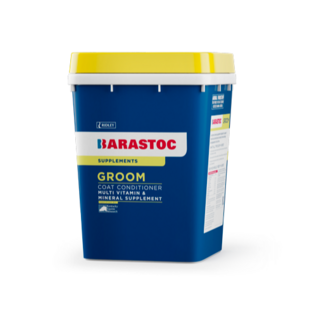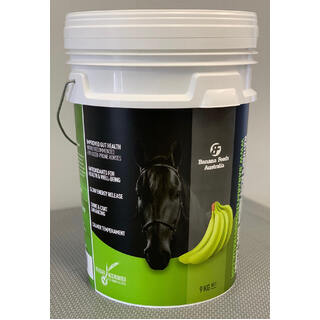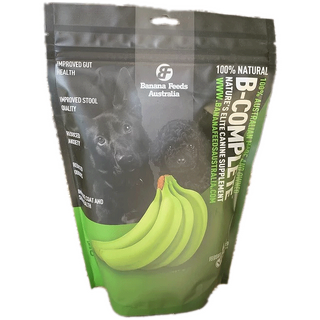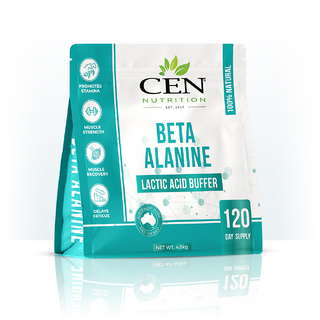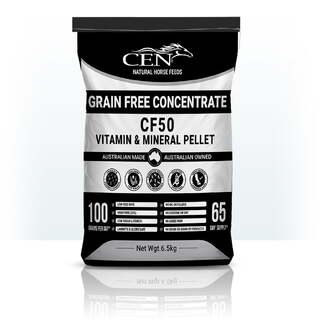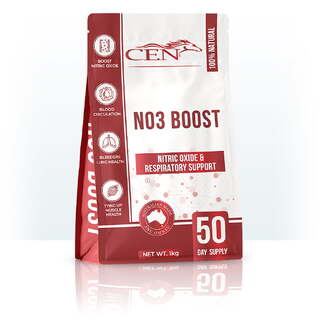Mitavite Sweat Up
A supplement based on this research, designed to help restore natural breathing and sweating in puffs and dry coat horses.
- Supplement to restore natural breathing and sweating in puffs and dry coat horses
- Provides zinc, essential to healthy respiratory function and skin, coat and hoof health
- Contains electrolytes to stimulate thirst
- Contains maritime pine extract, a source of a powerful antioxidant to facilitate oxygen exchange and control inflammation
- Mixes easily into feed
Mitamite® Sweat Up®
For restoration of natural sweating and breathing in puffs and dry-coat horses.
Scientific formulation of electrolytes, minerals and omega 3 fatty acids with added maritime pine bark extract. Positive effects on key indicators over 60 days.
A Nutritional Approach to Equine 'Puffs' and 'Dry-Coat'
Anhidrosis, or non-sweating, is a poorly understood condition affecting thousands of horses world-wide, mainly in tropics and sub-tropics.
It was once thought to be a problem of acclimatization failure in horses imported to the (sub)tropics, but a survey in Florida, USA has shown that as many or more native horse are affected. This is also the case in Northern Territory, Australia.
- Symptoms are, to varying extents, a combination of
- High respiration rate (even over 100/minute)
- Poor or absent sweating (even when injected with adrenalin)
- Dull coat, scaly skin & crumbly brittle hooves
When Mitavite’s researchers began to examine the problem, they found that in most of the sufferers there was a high calcium/trace mineral ratio in the diet e.g. Ca:Zn greater than 70.
Several researchers have attributed the puffs, or “panting” rapid respiration (hyperventilation) to an alternate attempt at cooling, like a panting dog.
The problem with this explanation is that the affected horse does not have his mouth open and his tongue out; also the horse will hyperventilate before it gets hot – i.e. a normal horse working beside it hasn’t begun to sweat.
If the non-sweating were left out, and the other symptoms considered, a pig veterinarian would probably diagnose parakeratosis. That is what the disease has been assumed to be– a secondary zinc deficiency (“secondary” because there is sufficient zinc in the diet for a normal horse), – a response to zinc therapy within a week for a “first-time” sufferer is evidence that this theory is sound.
So how are the 3 symptoms connected?
There are zinc-dependent metallo-enzymes involved in each process – in the lungs, it is carbonic anhydrase, responsible for getting rid of carbon dioxide; similar enzymes in the sweat glands, and as in parakeratosis, scaly skin and brittle hooves respond to zinc supplementation.
So the treatment is:
- Sufficient electrolytes to induce thirst
- A natural anti-oxidant which enhances oxygen exchange
- A strong zinc supplement which is “immune” to absorption interference by calcium and other divalent (2+) metals
- Of course, the best treatment of all includes an air-conditioned stable
Since this research and the creation of “Sweat-Up”, there have been found occasional horses as far south as Barossa, South Australia which have poor zinc absorption and suffer from hyperventilation in spite of apparently normal lungs. So far, they have all improved dramatically with “Sweat-Up”.
The horses unable to sweat will sometimes take 6 weeks to recover, but most of the younger ones show improvement in the first week.



